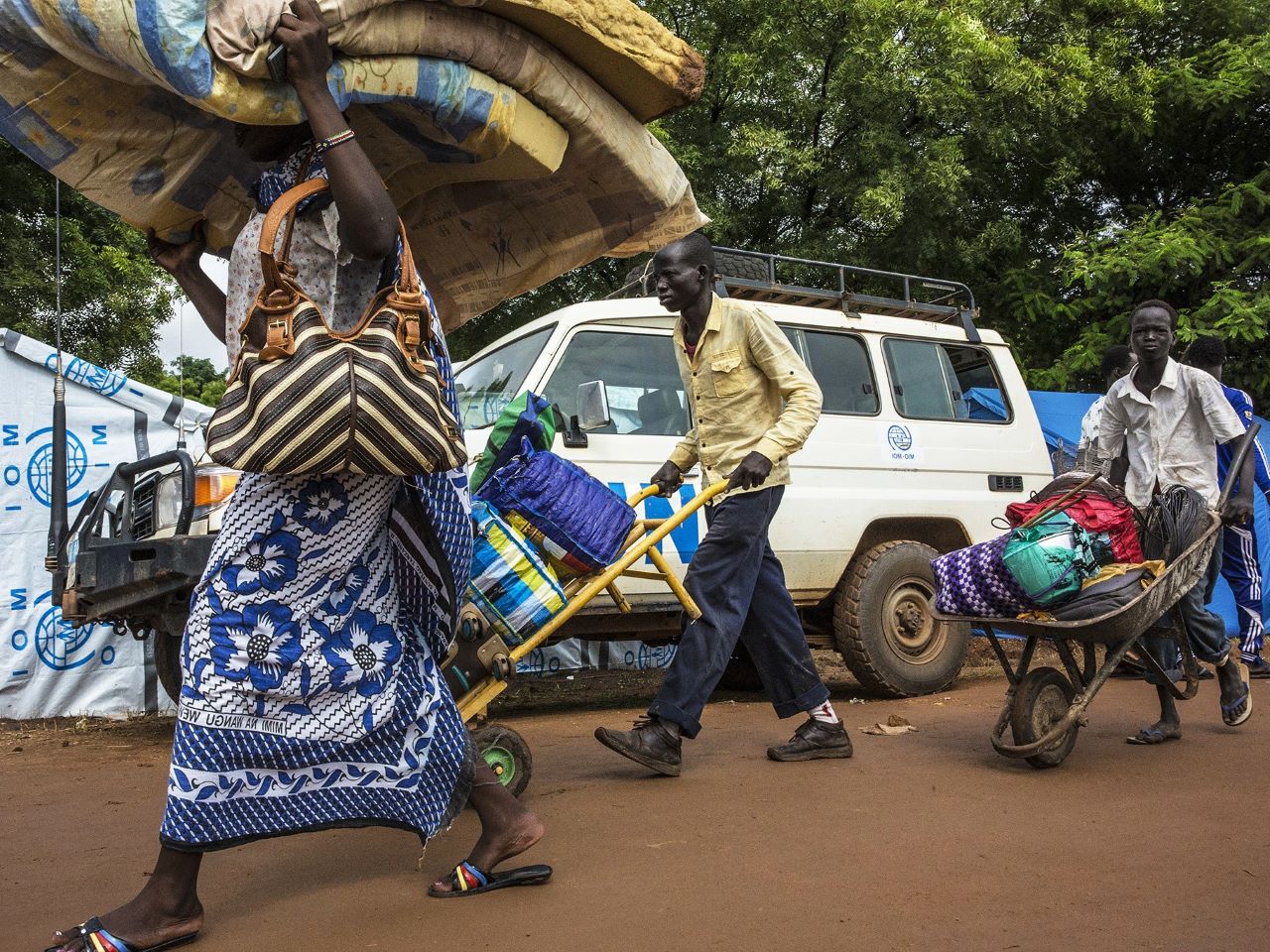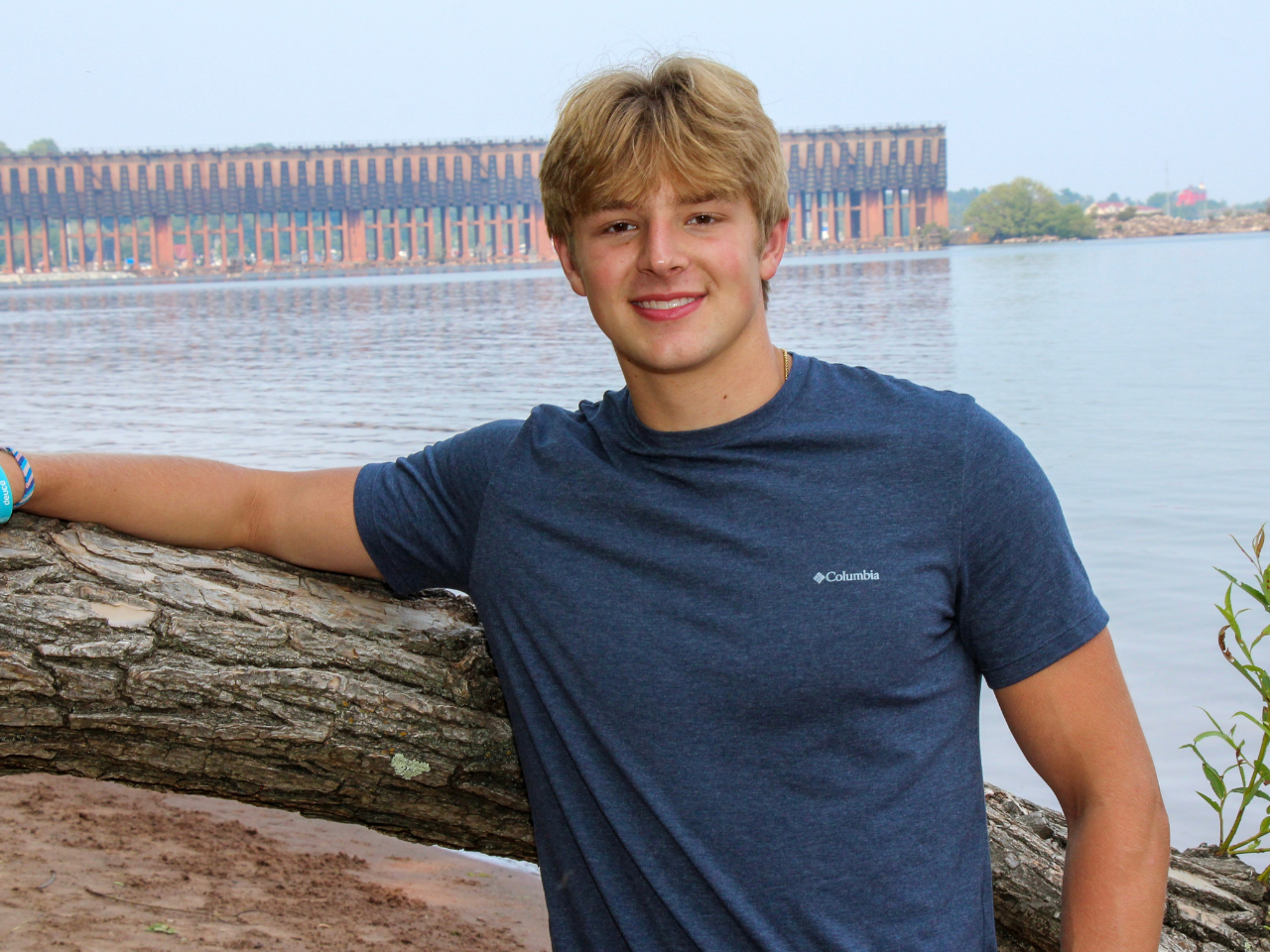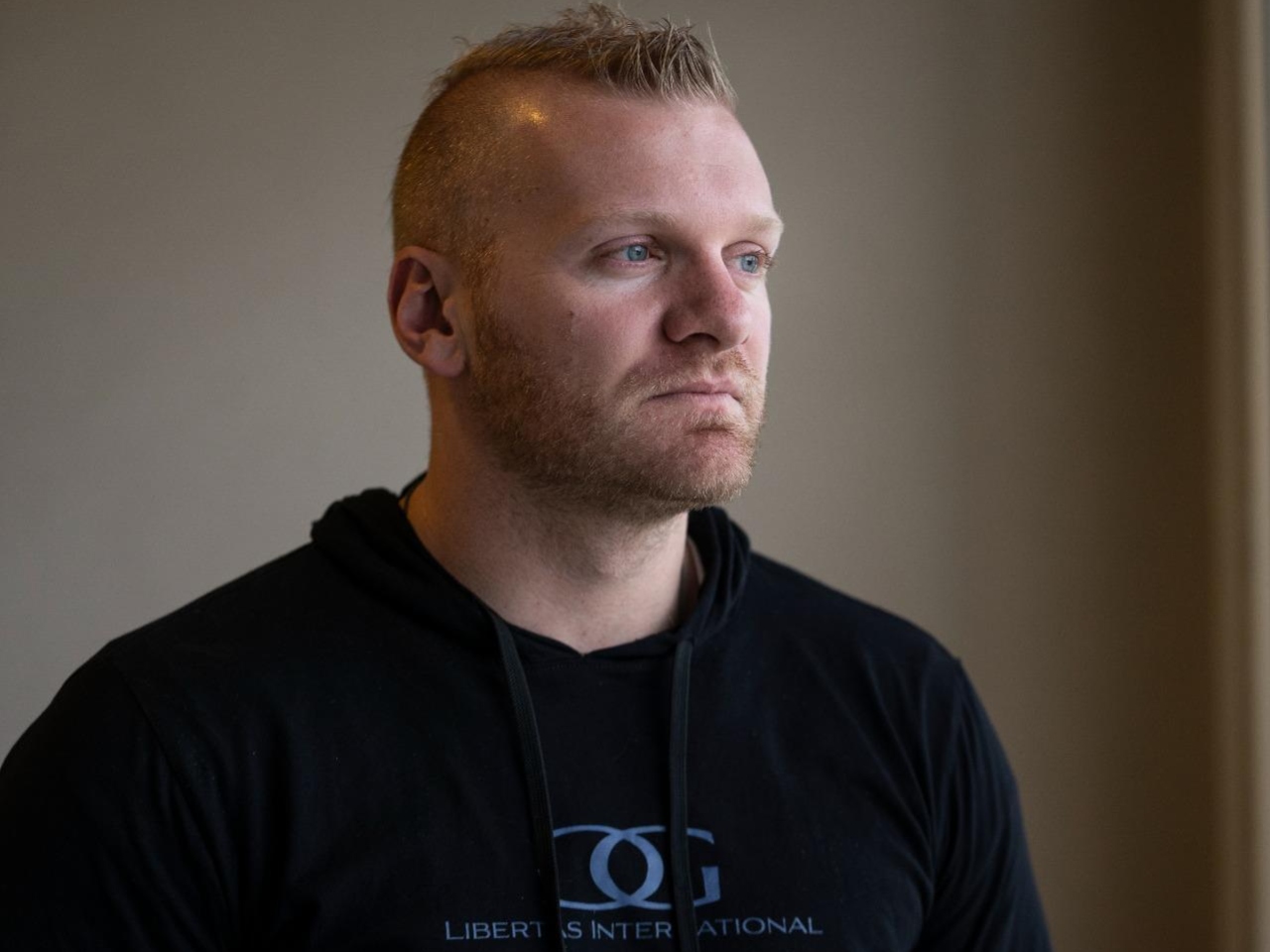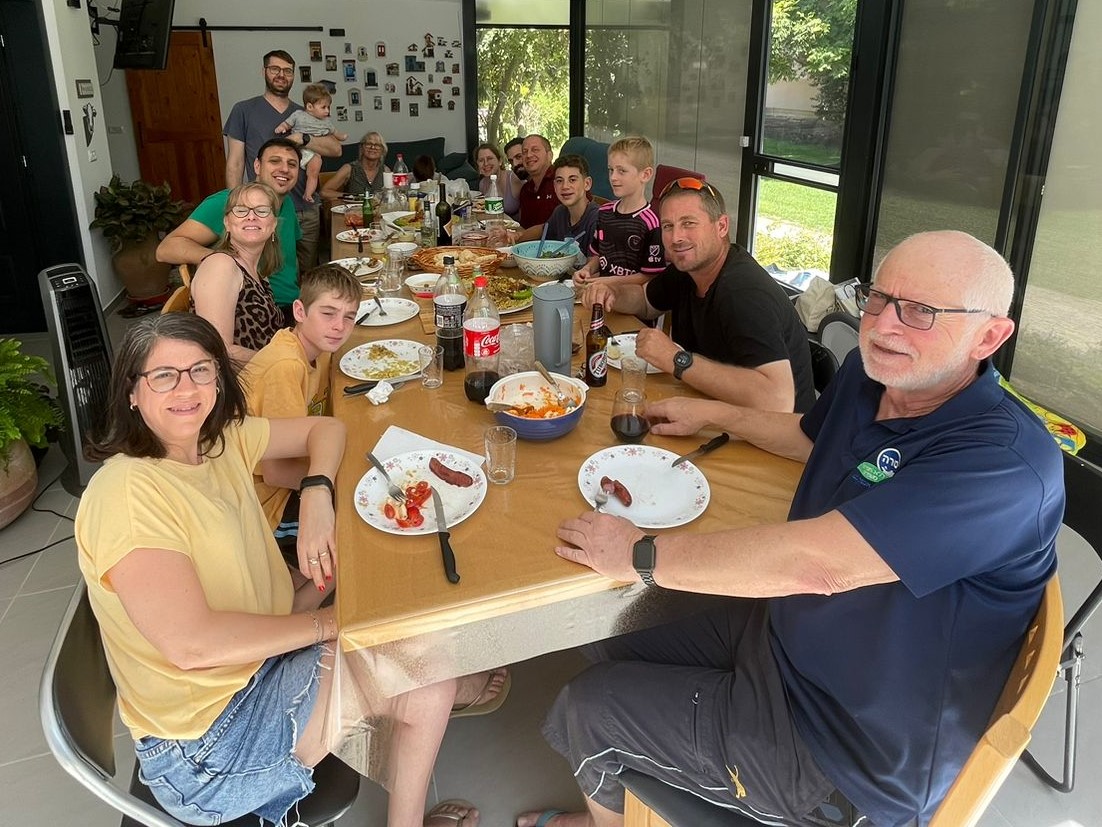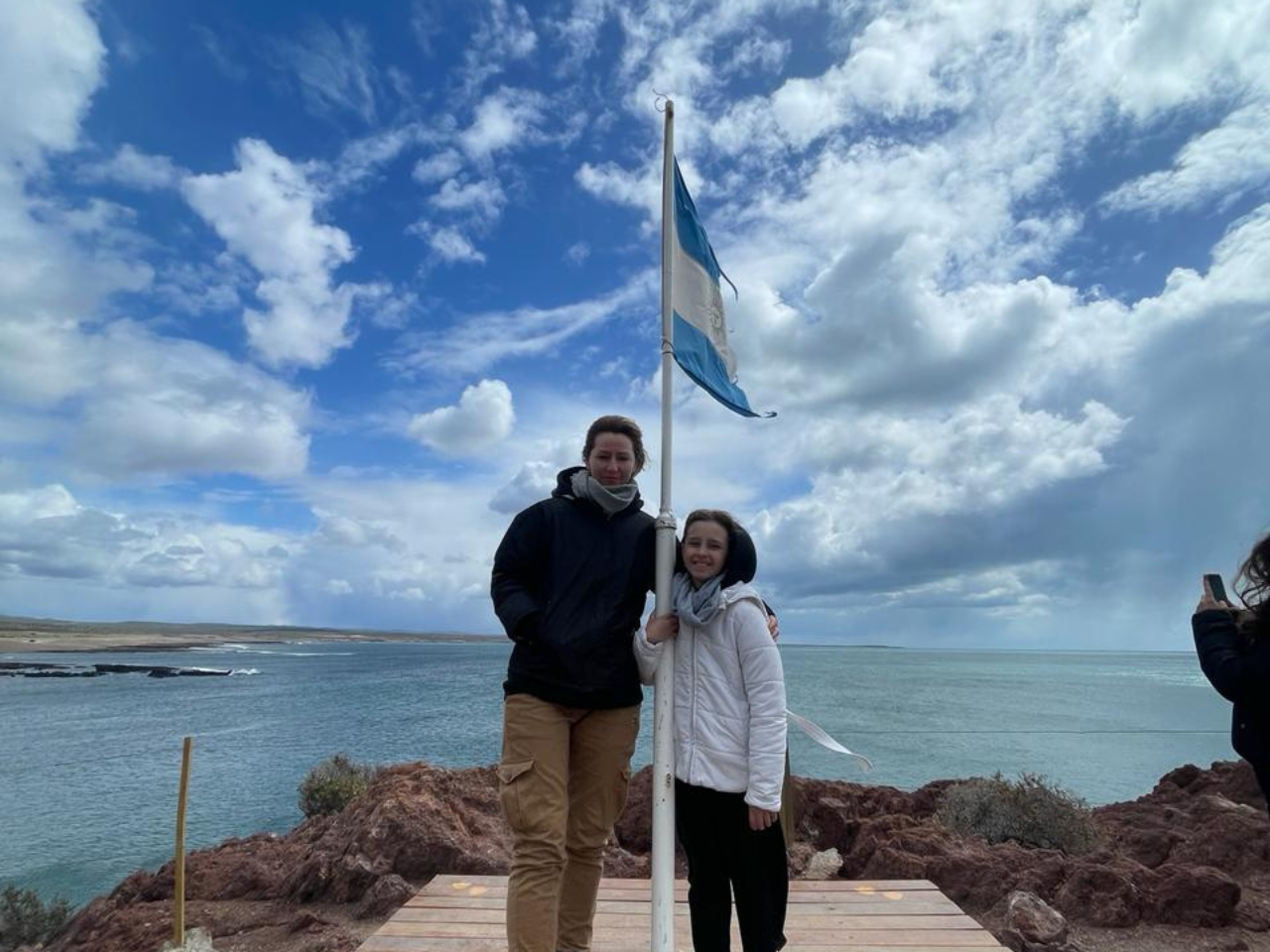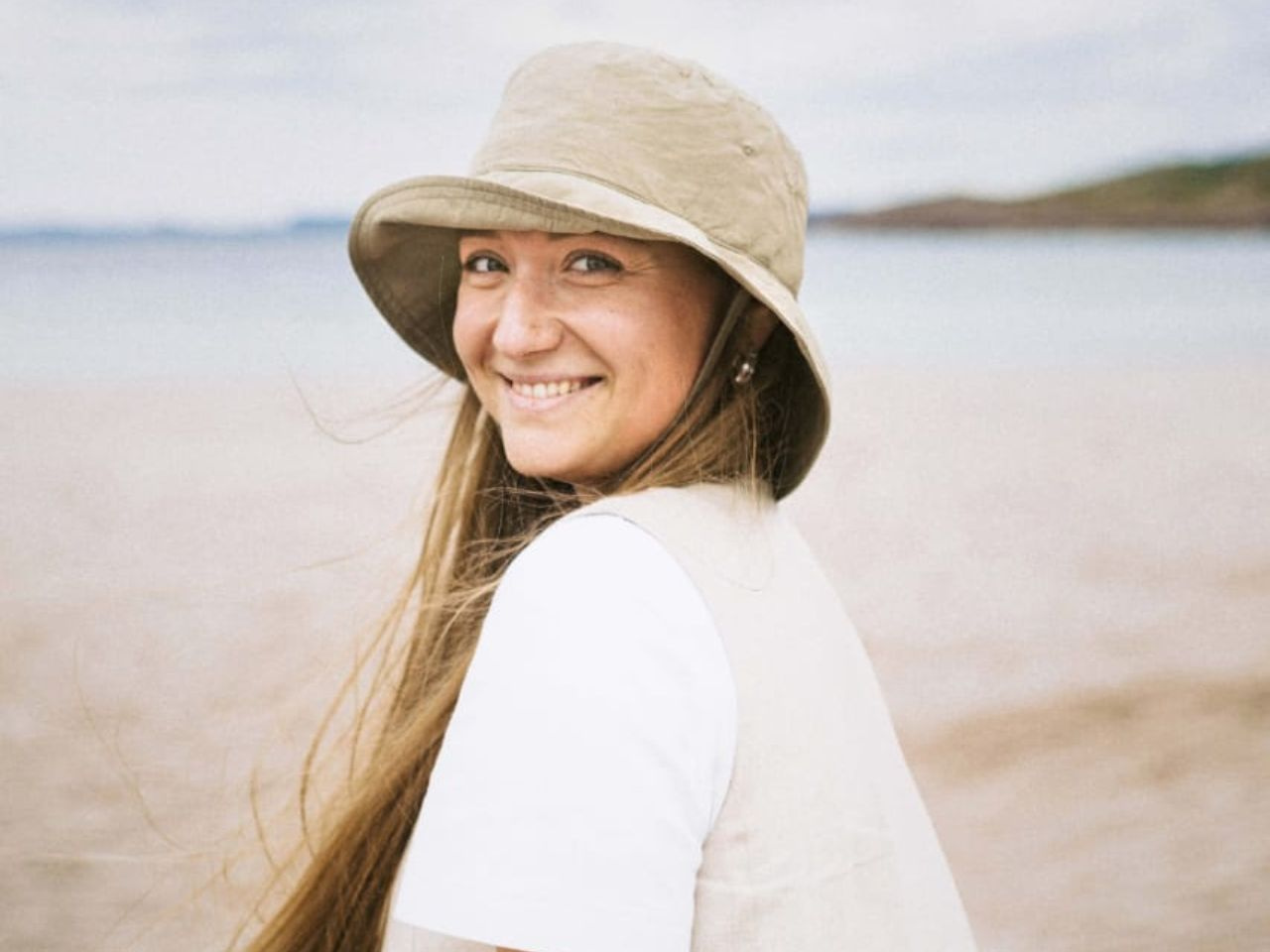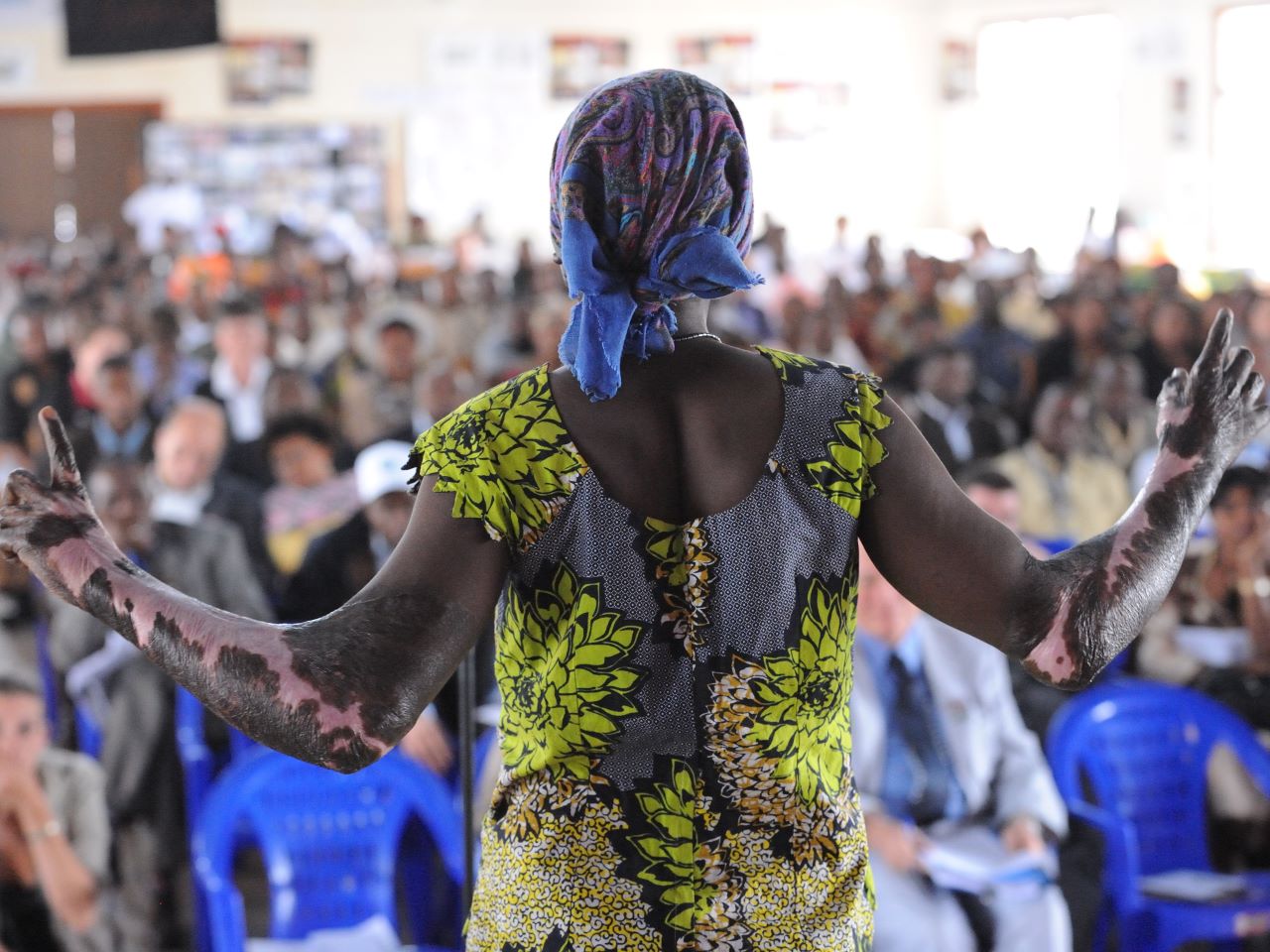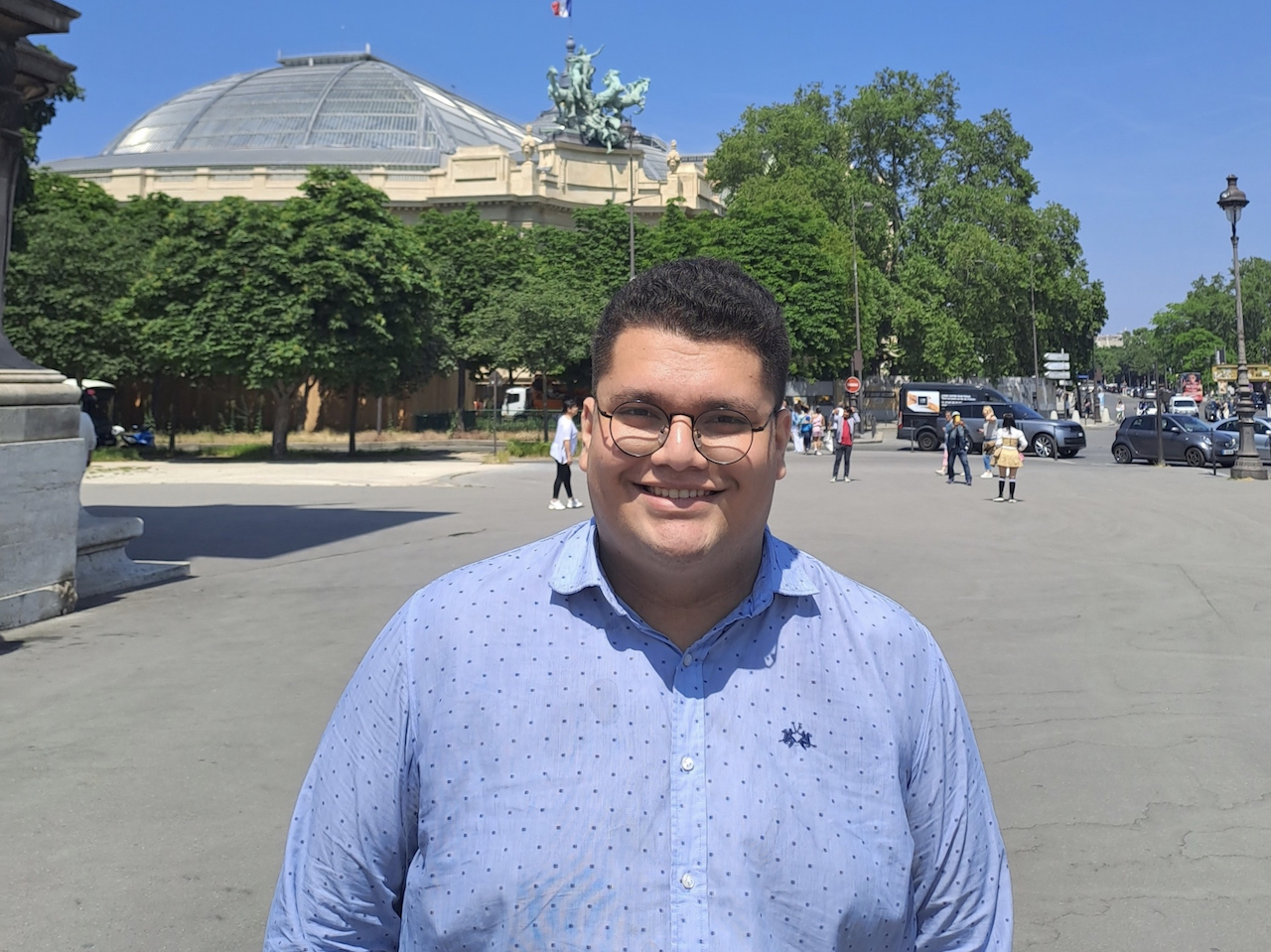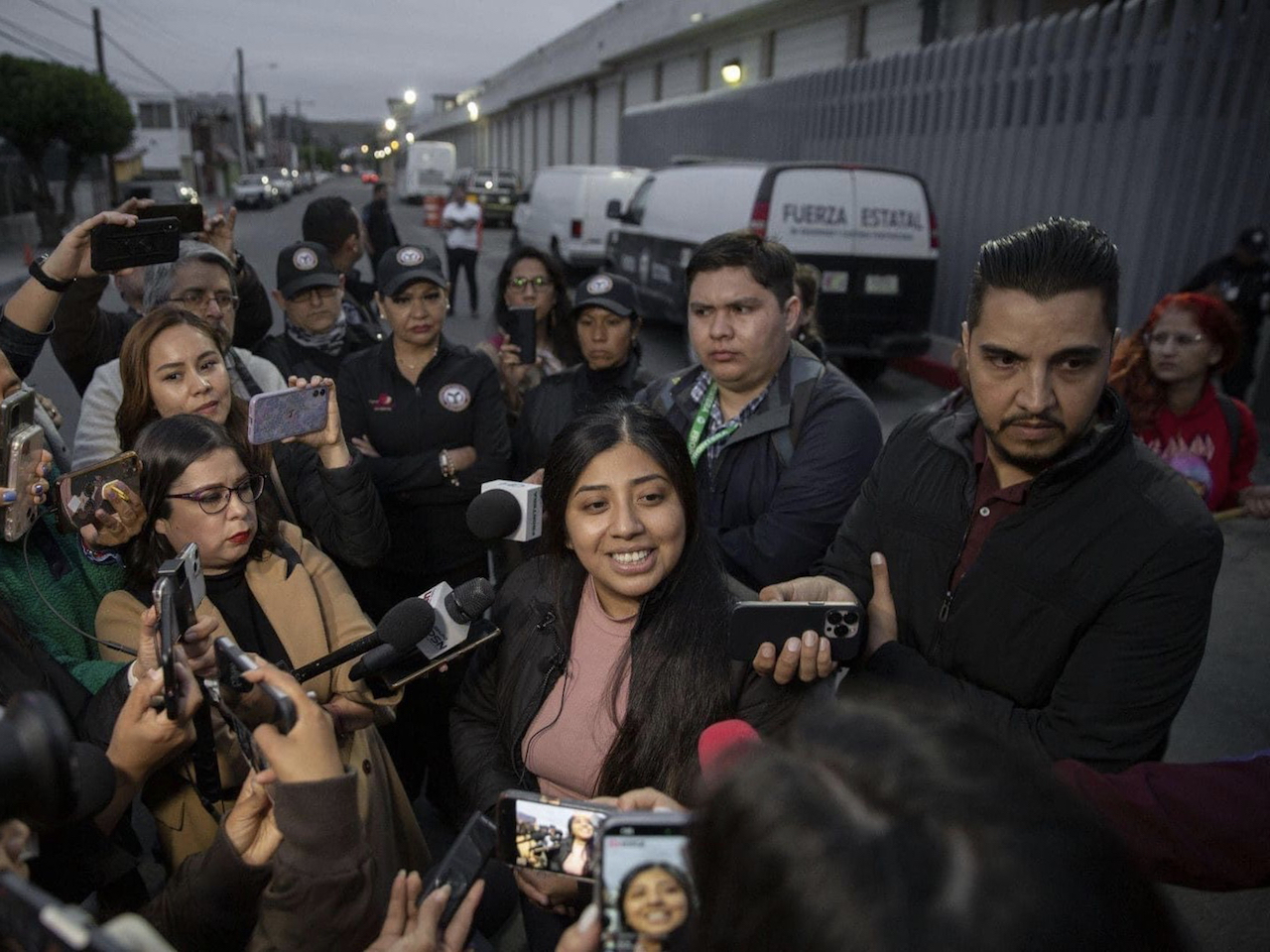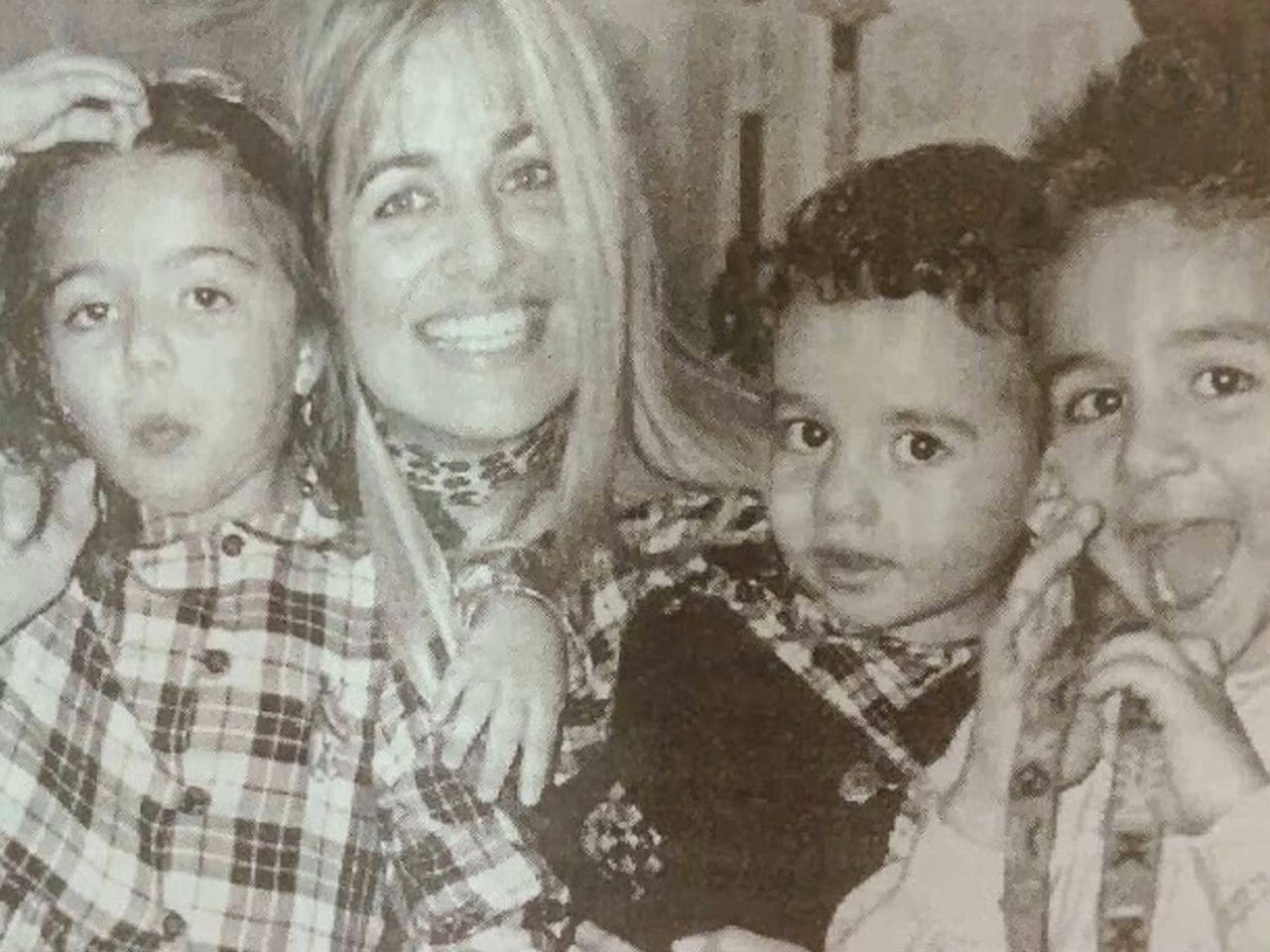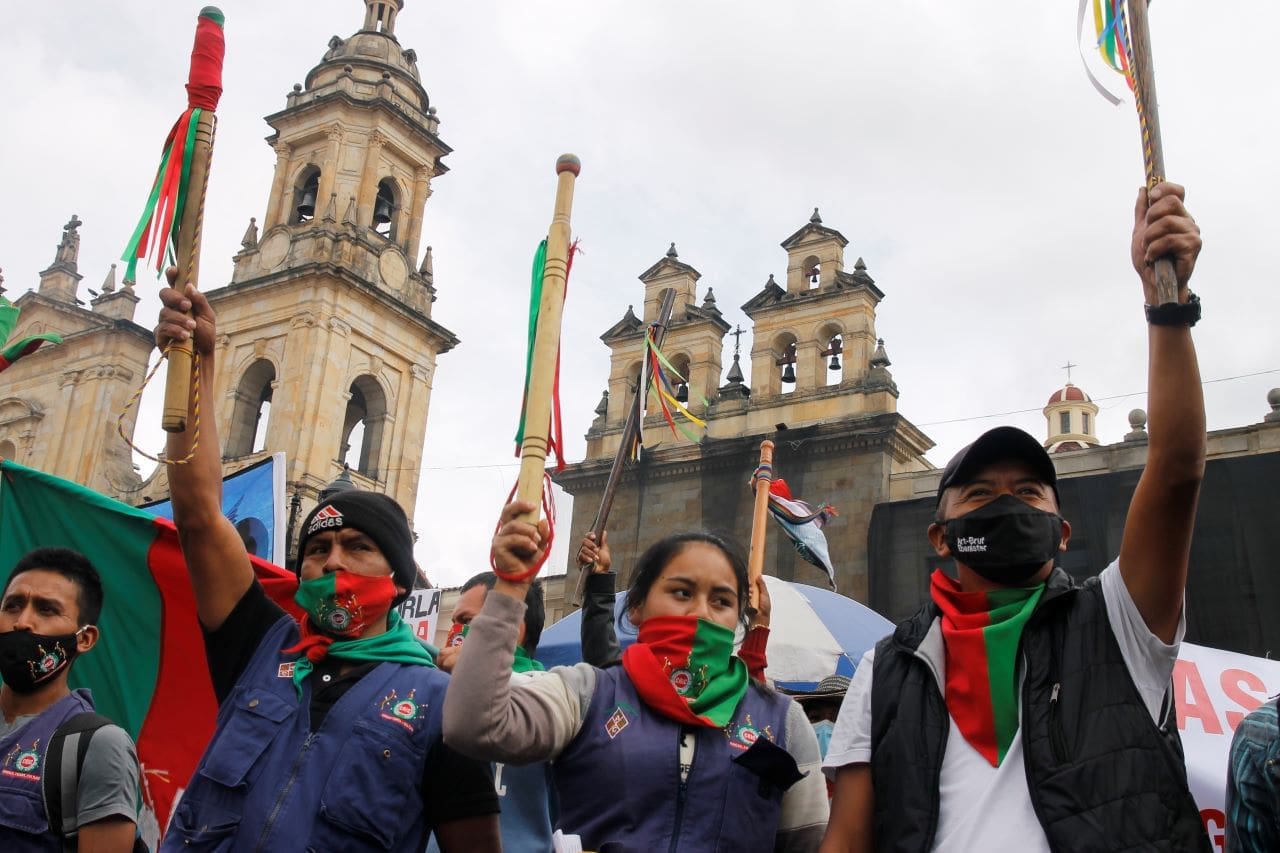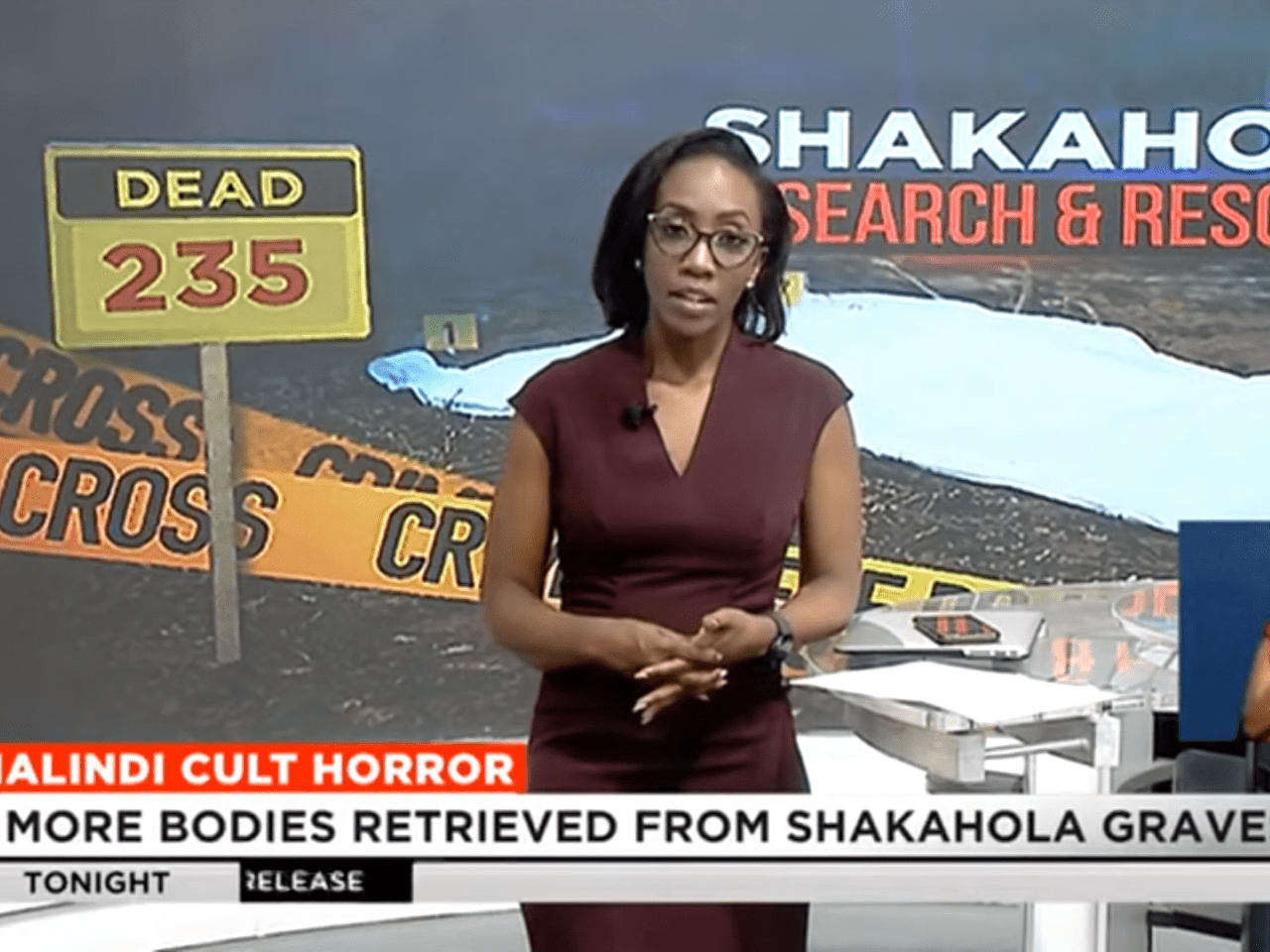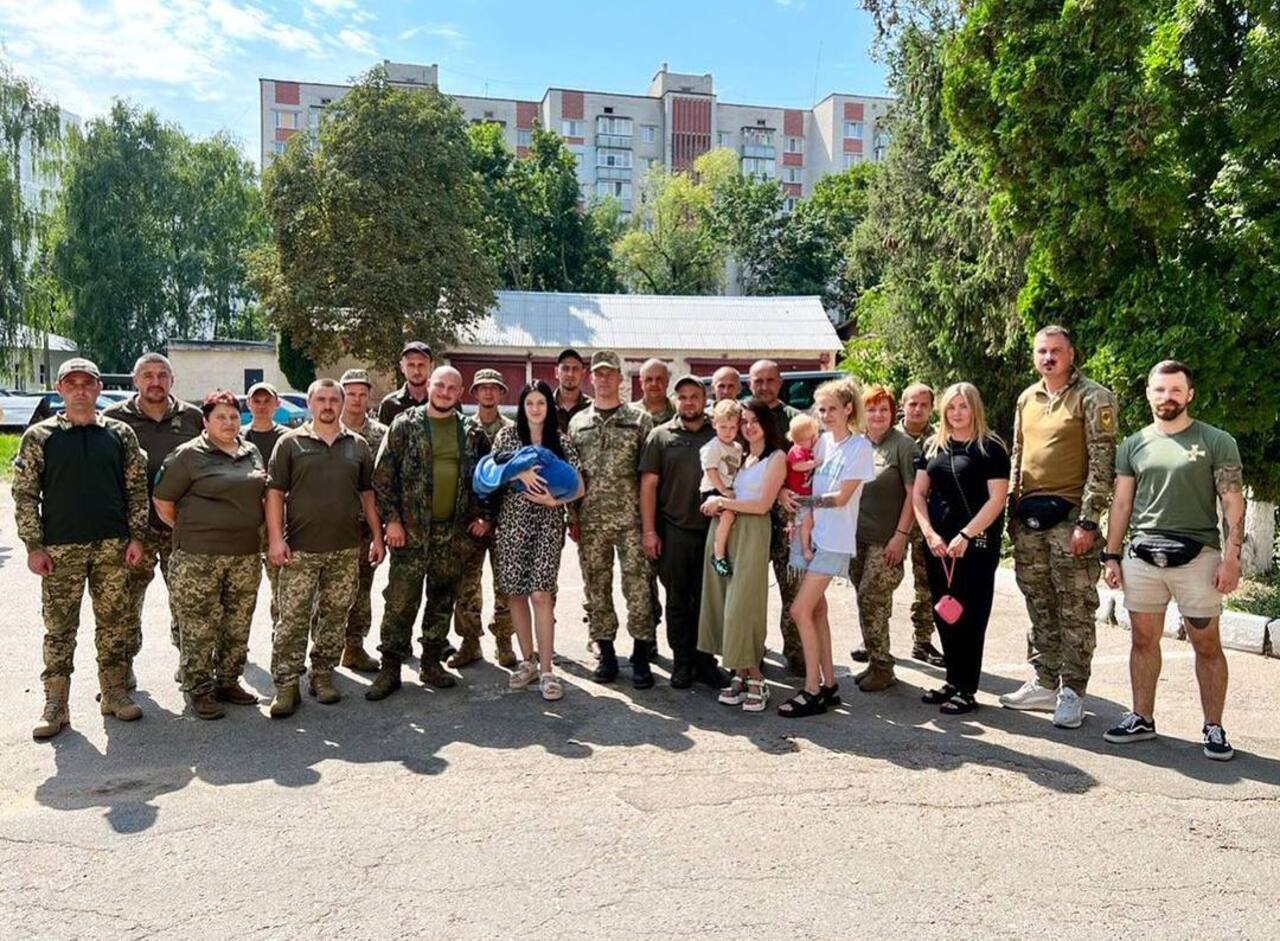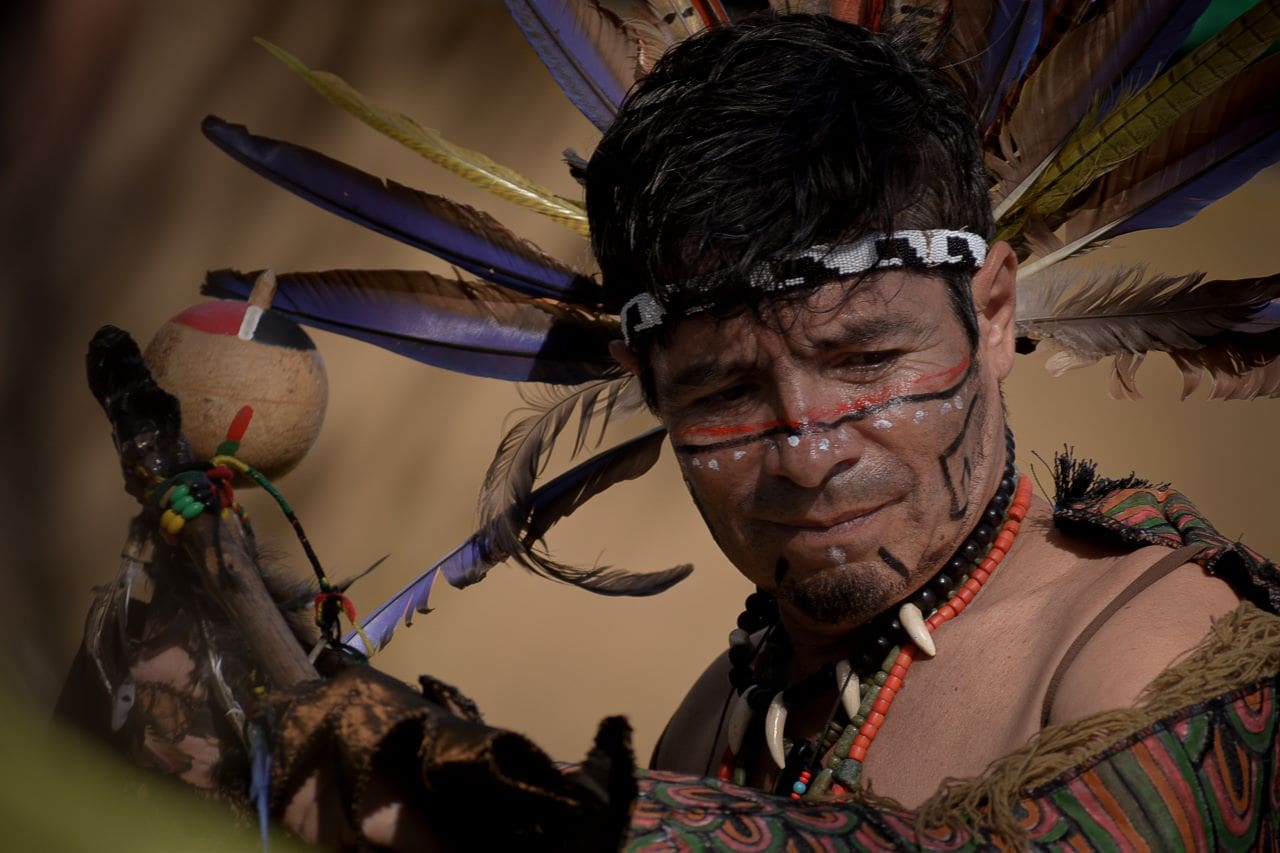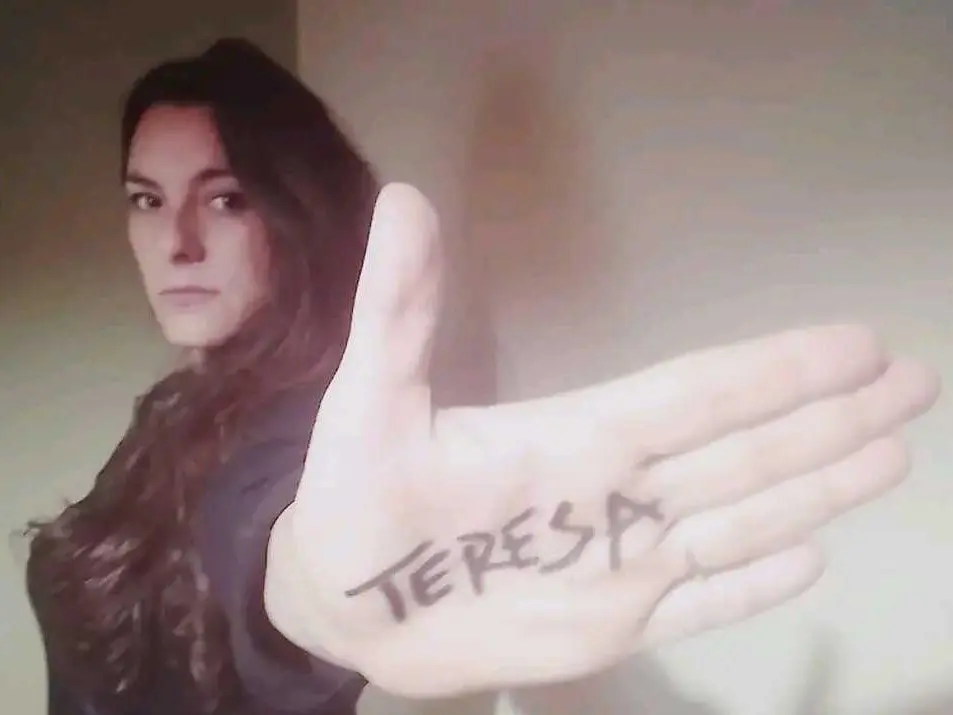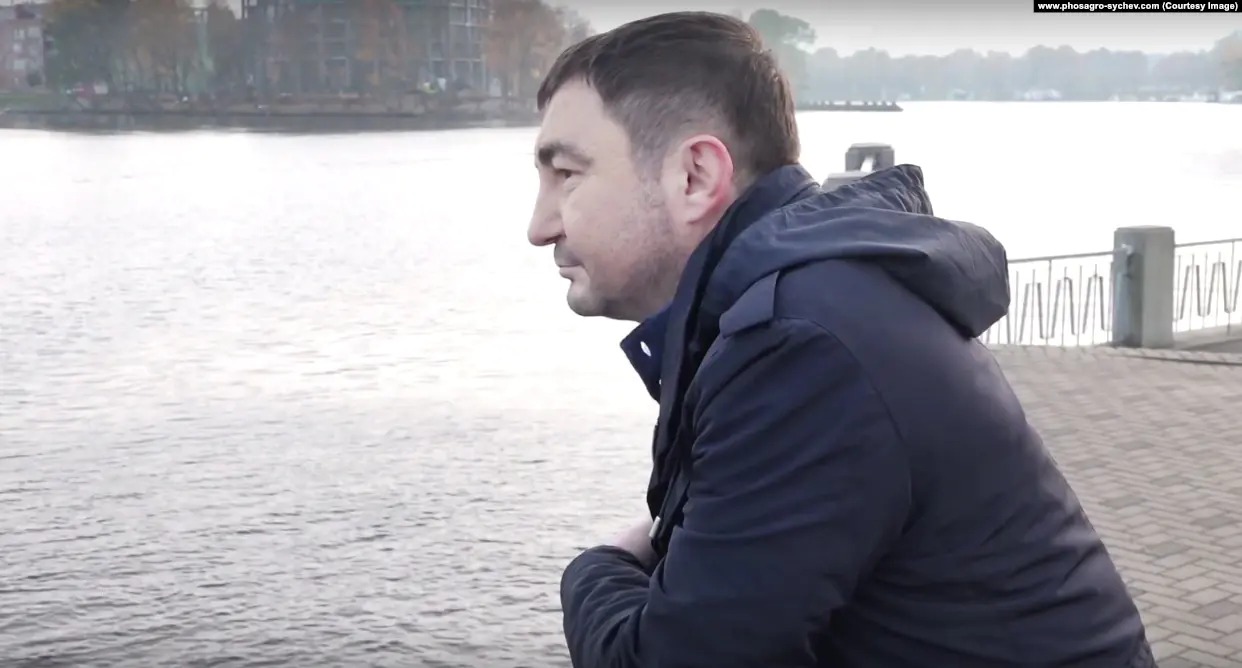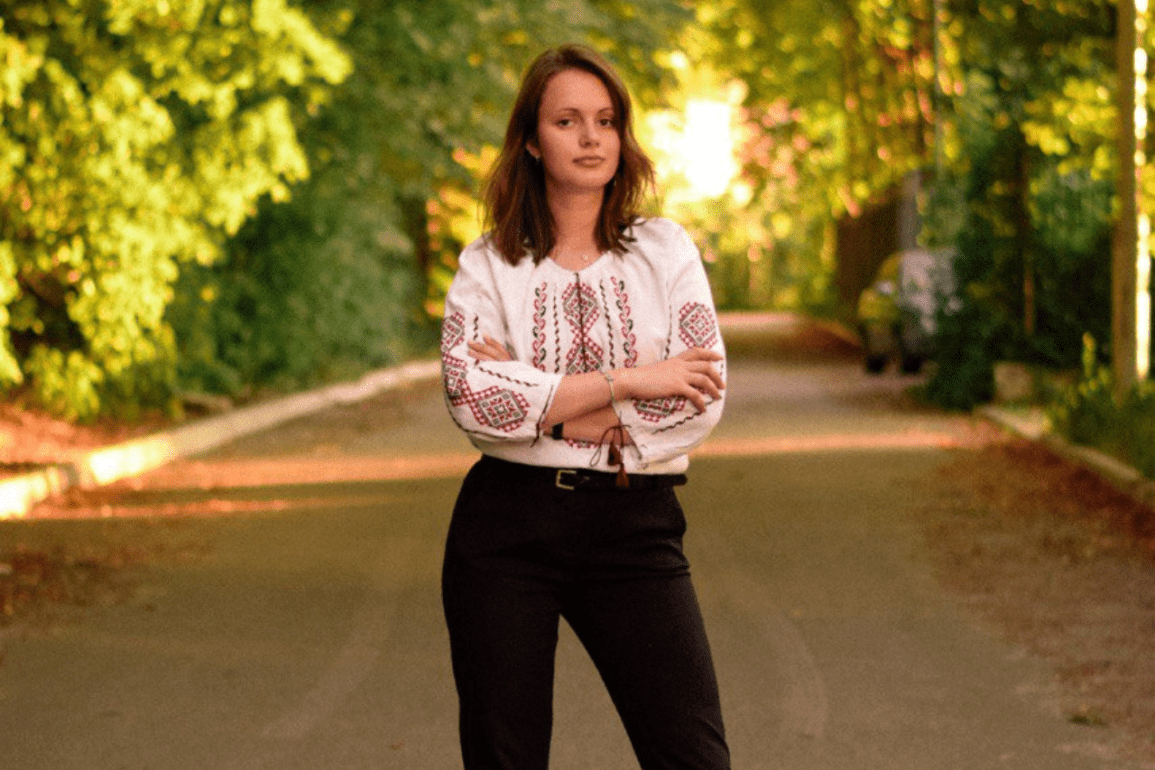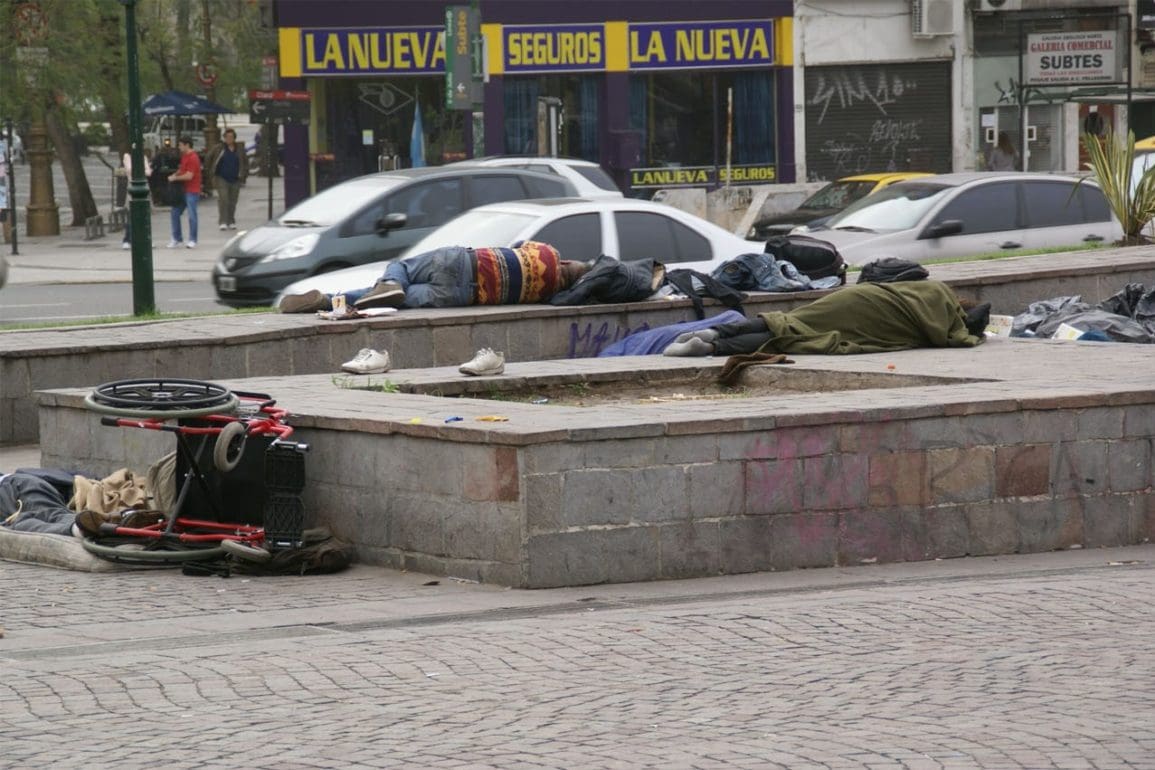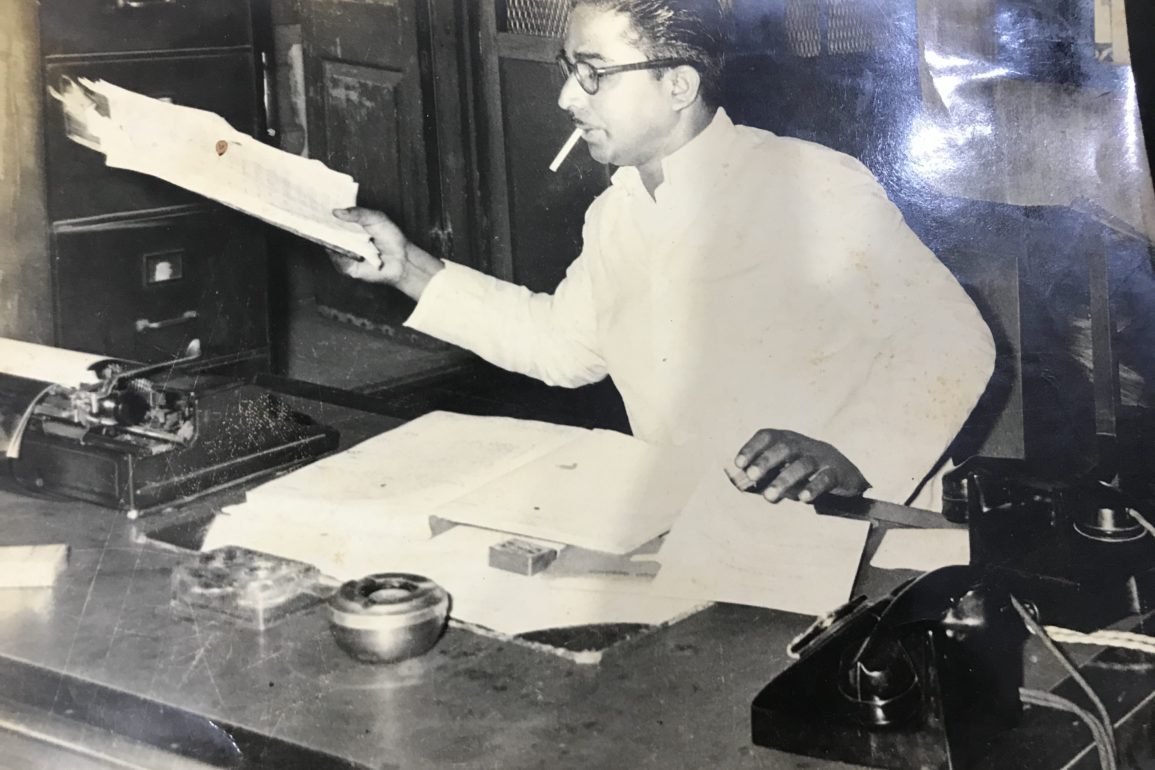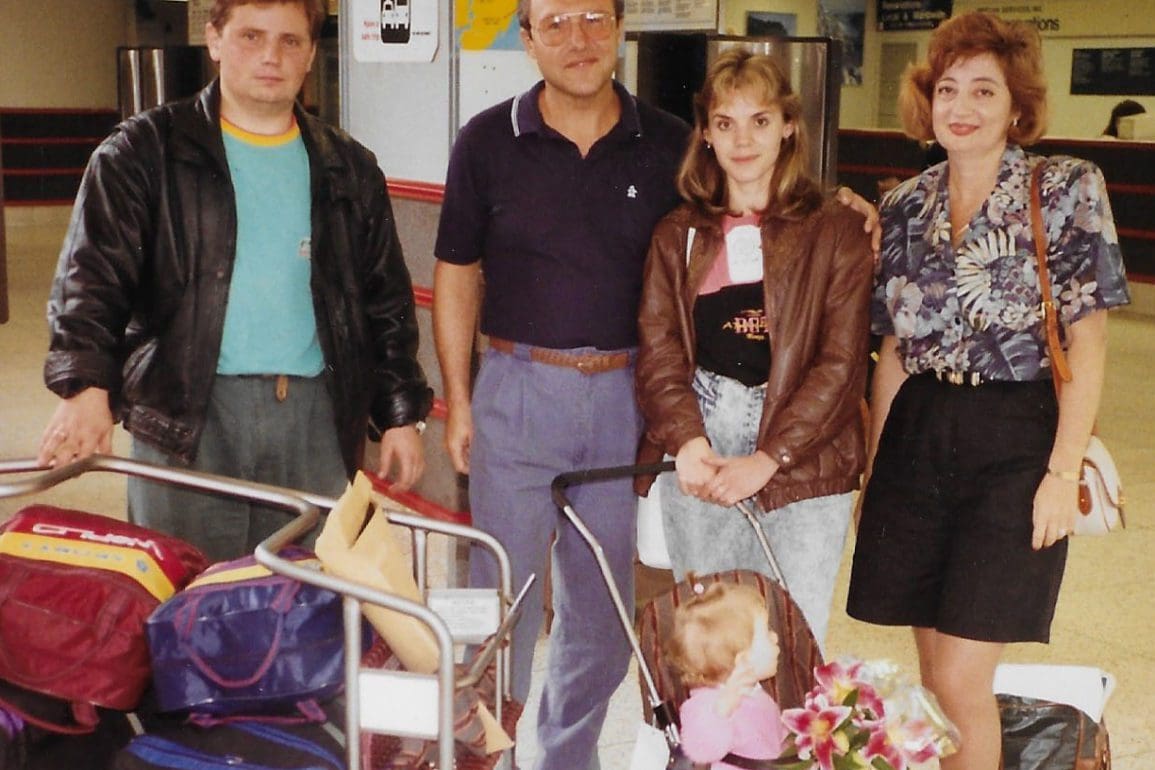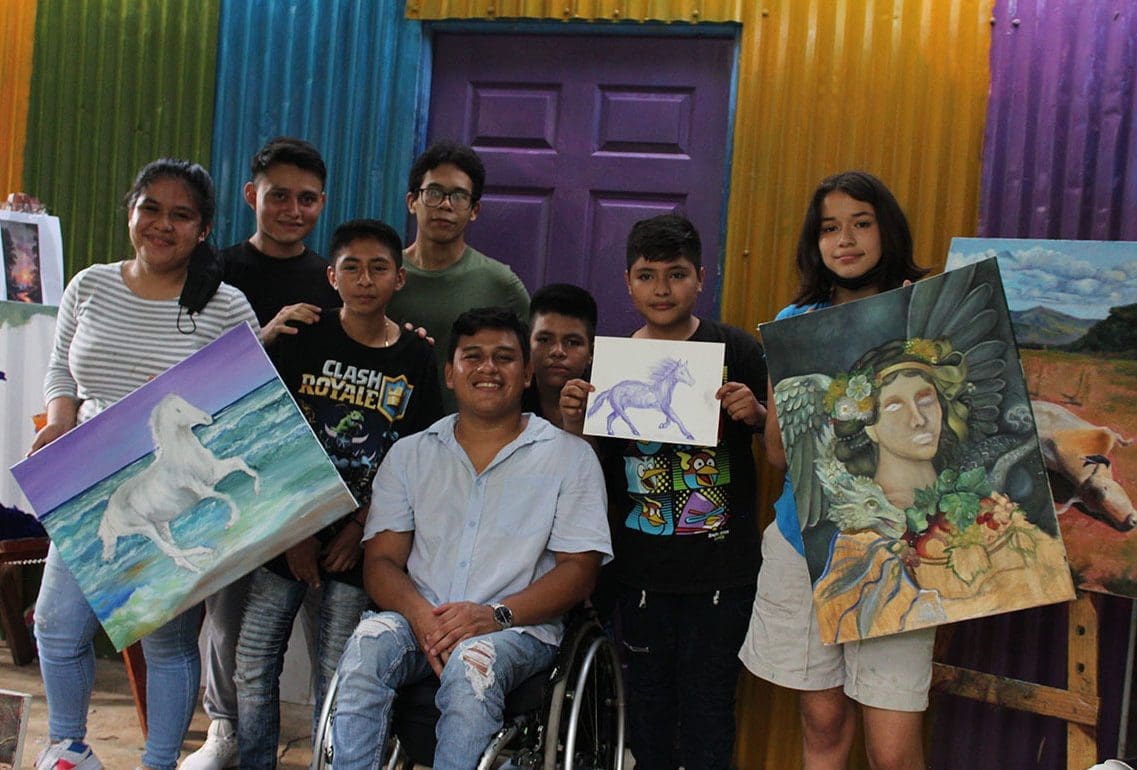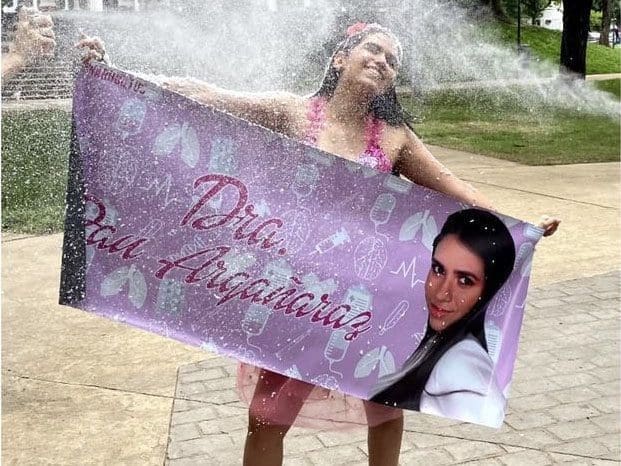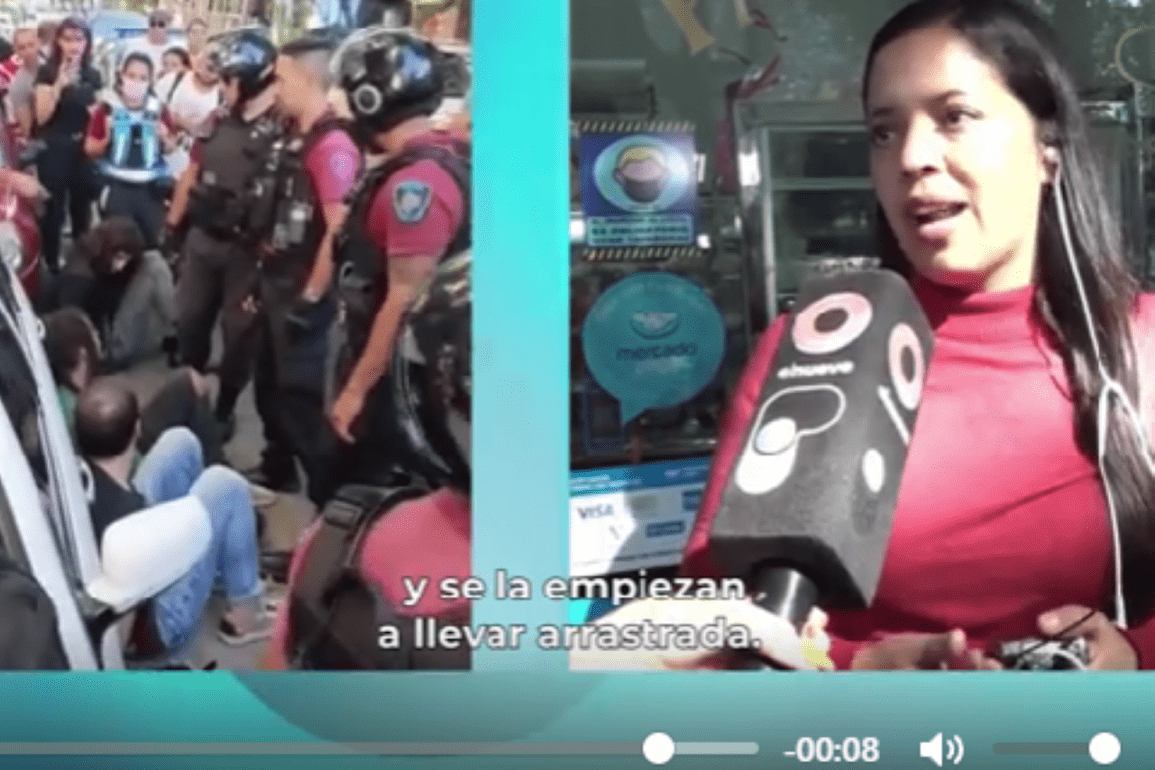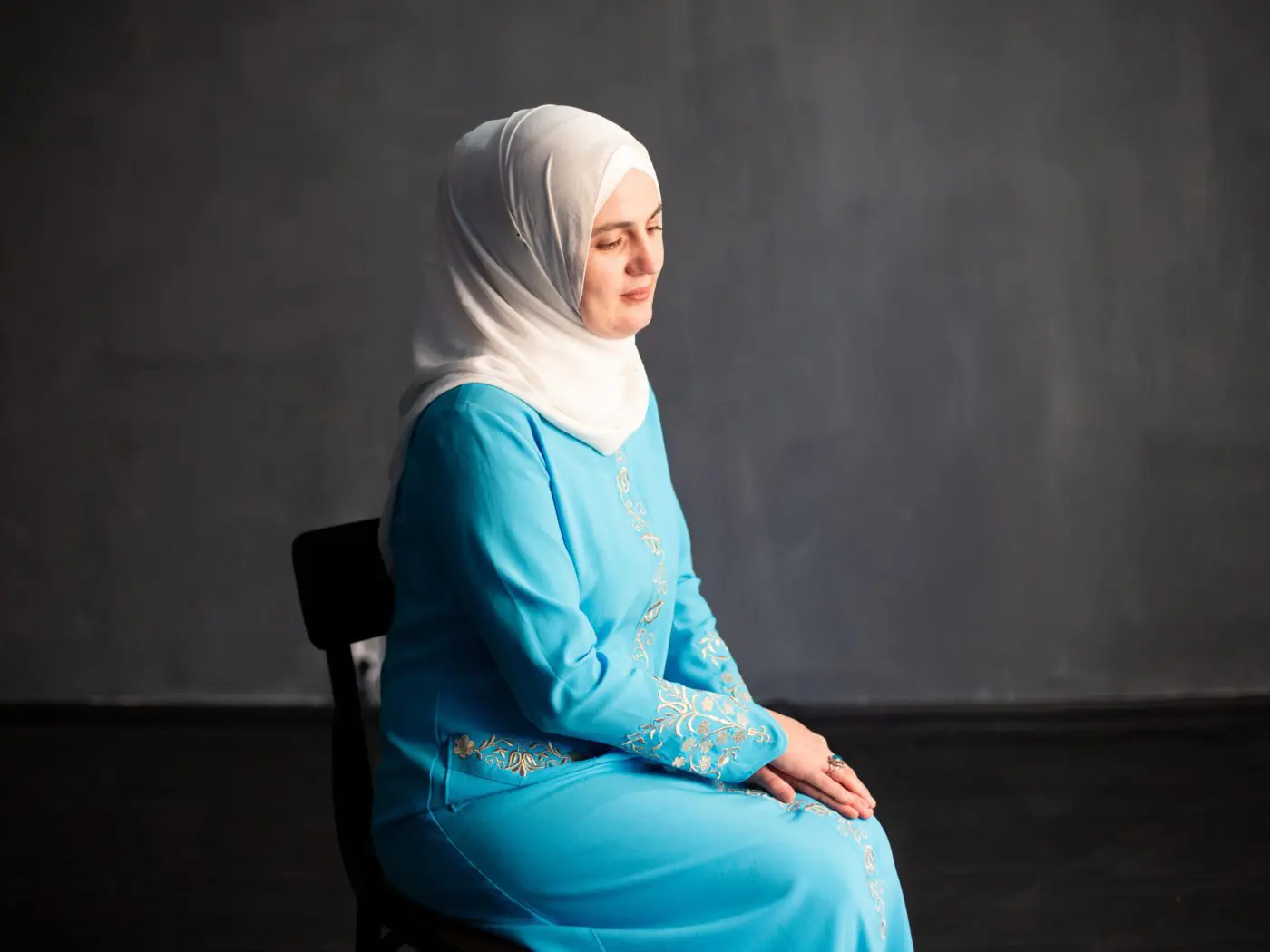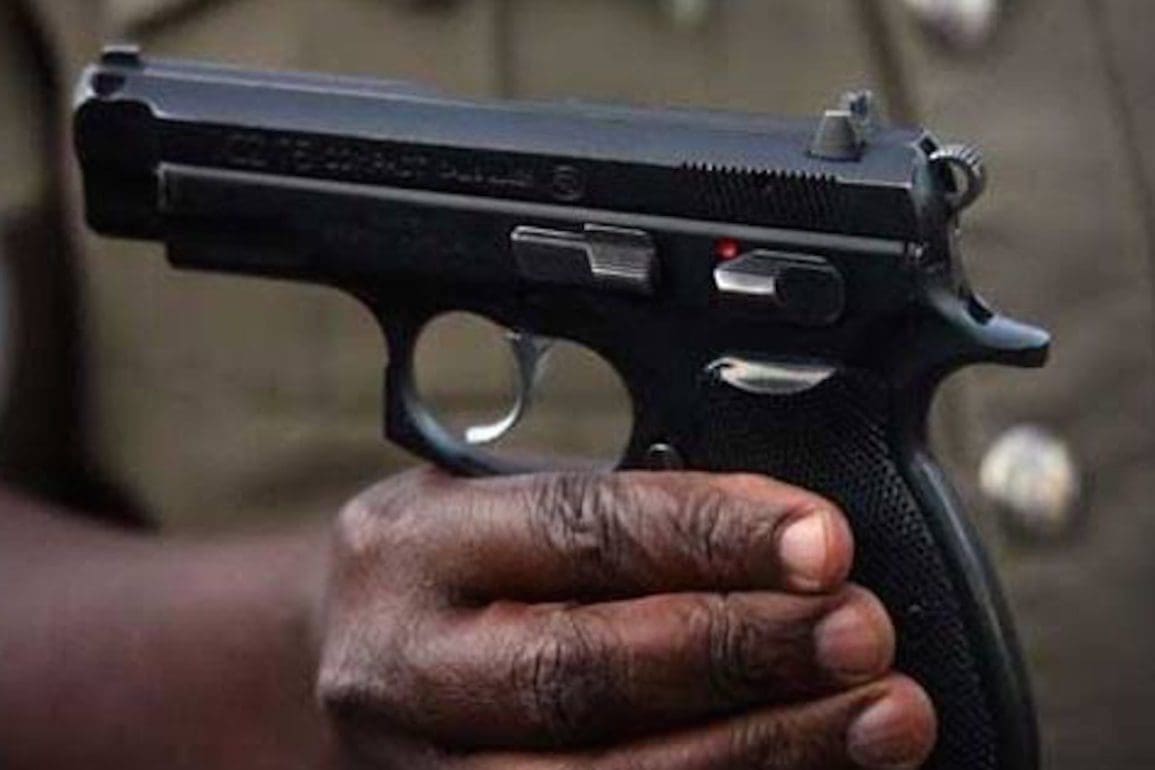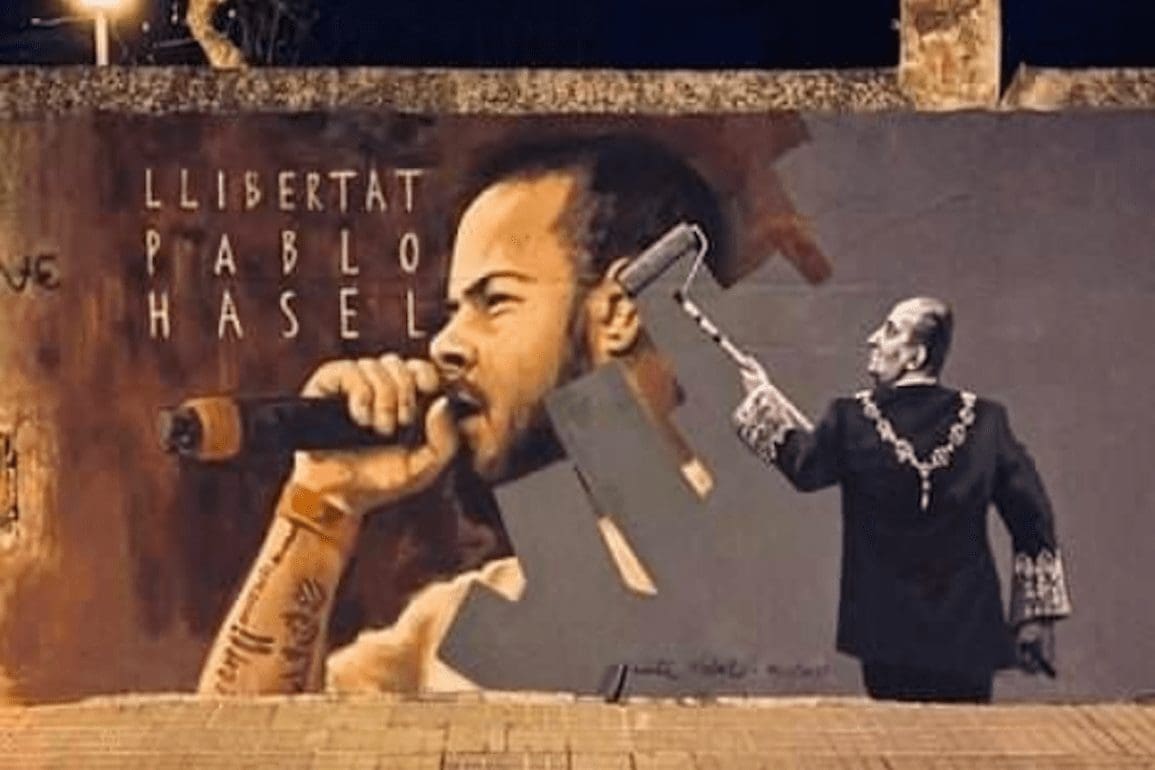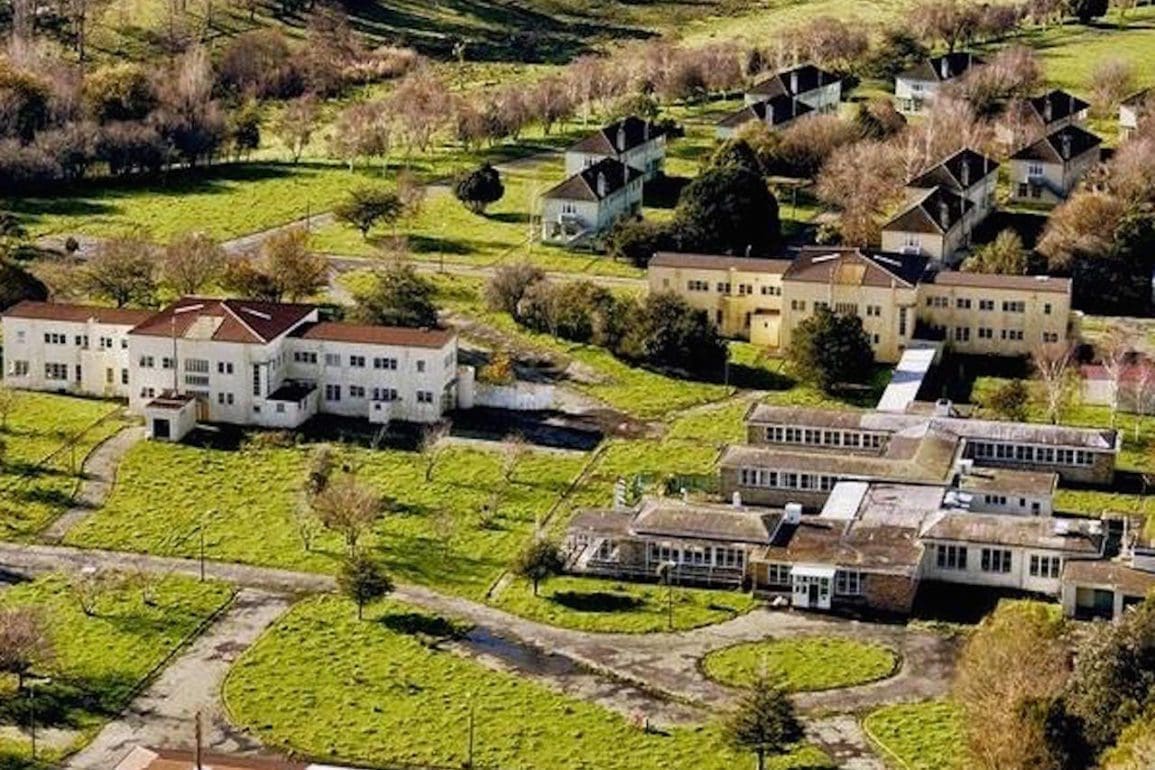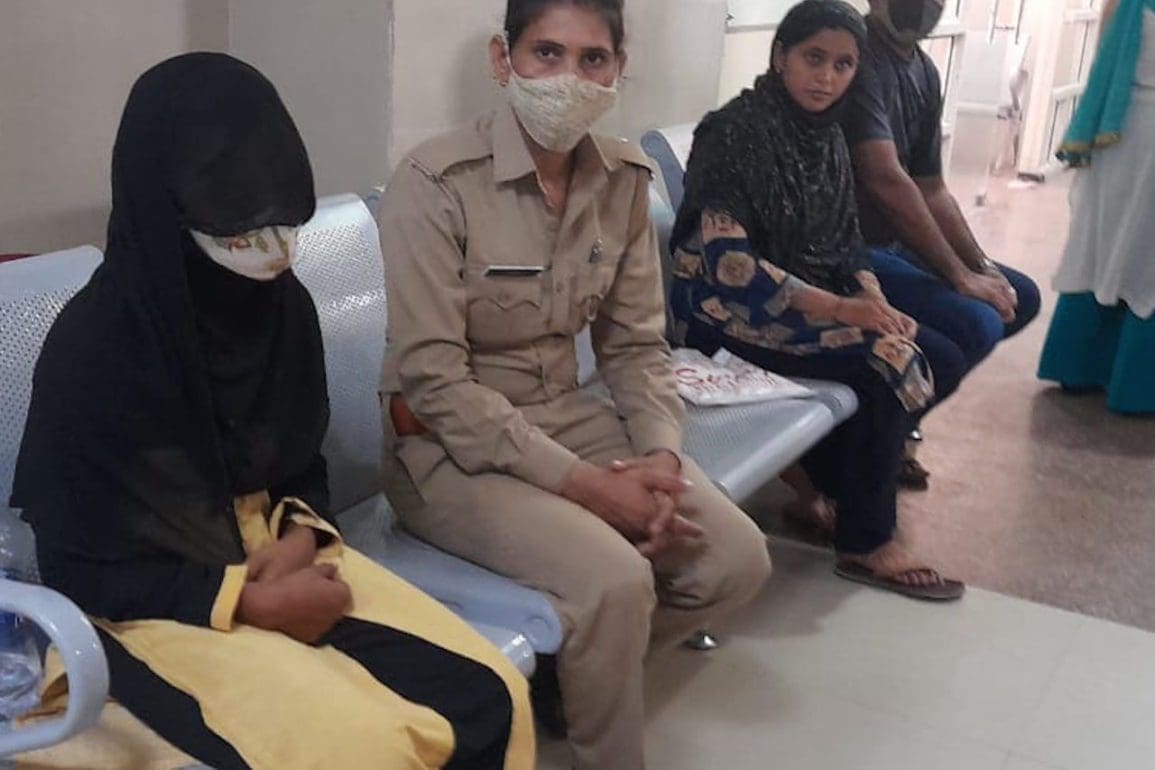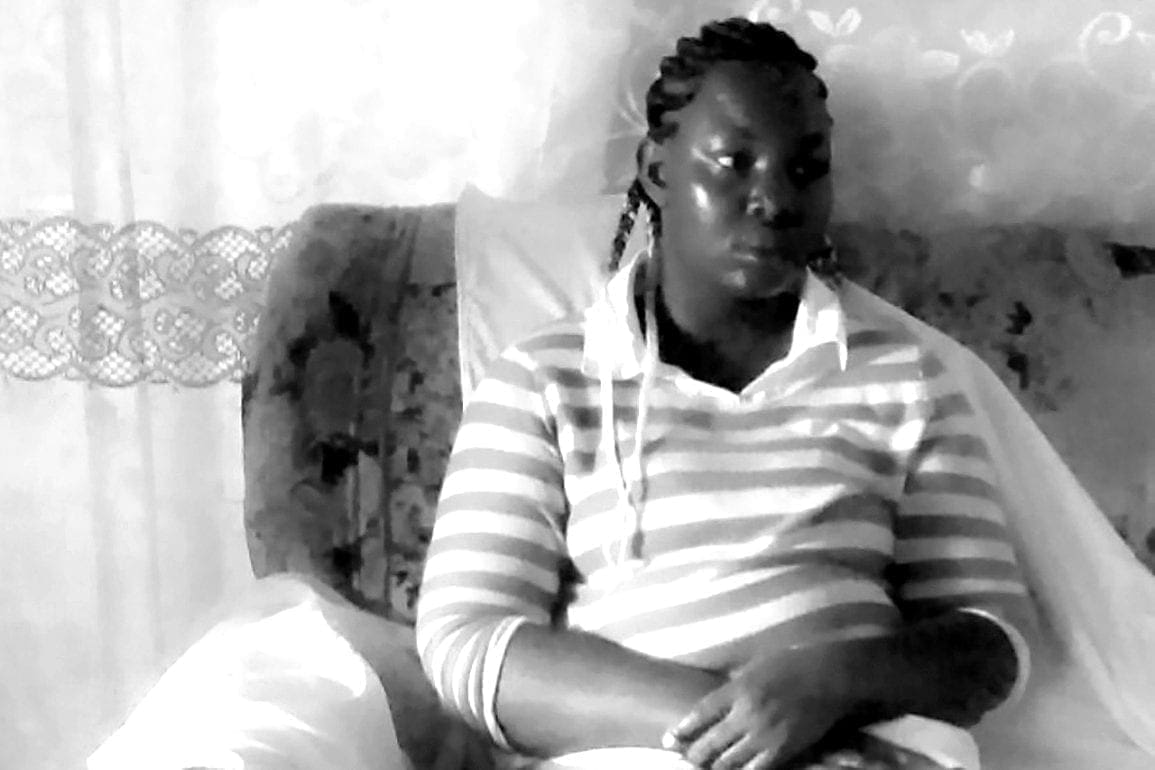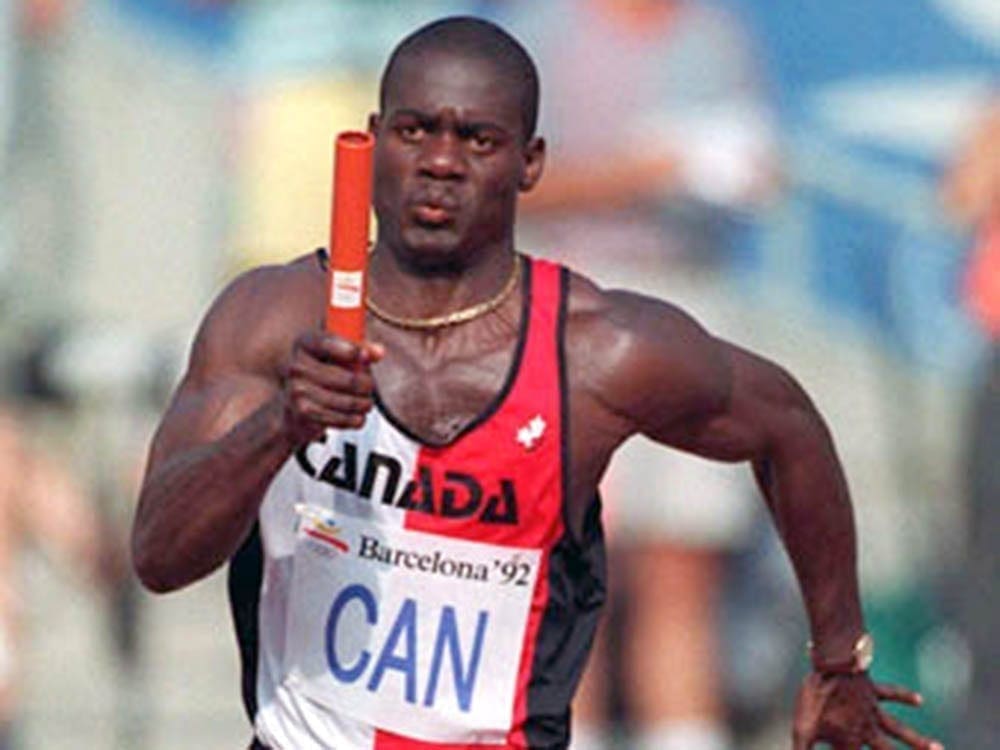Forensic frontline: coroner identifies bodies, meets with hostages after Hamas attack on Israel
As I proceeded to identify bodies, I witnessed horrifying scenarios: families hugging in a charred embrace with wires binding them. Some were burned alive, the soot in their tracheas revealing their death.
- 7 months ago
December 29, 2023

TEL AVIV, Israel — In my 28-year career as a coroner, I have worked after natural disasters and attacks around the globe, but nothing rivals Hamas’ invasion of Israel. The surge of bodies presented complex and ongoing identification needs, redefining my understanding of forensic science. Day after day, I dive into the unknown, navigating a world filled with tragedy.
My spouse, a bone DNA specialist, remains immersed in the chaos with me, committed to seeing this crisis in Israel through. We continue in order to help families recover the remains of loved ones who died. Together, we move through harrowing scenes, building deep human connections along the way. Our journey is not just professional. From a personal standpoint, we strive to bring justice and closure in these trying times.
Read more stories on Israel-Gaza conflict at Orato World Media.
The sheer brutality and novelty of the killings stunned me
When Hamas attacked Israel, it plunged me into chaos beyond that which I had ever experienced before. The enormous volume of bodies kept me moving from the concentration center for the corpses and the Institute of Forensic Medicine. I faced a tense atmosphere as I attempted to tackle the massive workload.
Having helped after previous disasters like the Indian Ocean tsunami in 2004 and the earthquake in Haiti in 2010, I quickly realized nothing compared to what I saw as a coroner in Israel after Hamas attacked. The cruelty and hopelessness of it deeply and profoundly impacted me.
I witnessed gunshot wounds, burned human beings, and other horrific scenes of bodily harm. Despite my extensive experience as a coroner, the sheer brutality and novelty of the killings differed from any previous encounter in my life. From infants to the elderly, they massacred defenseless people, and I handled the remains.
This experience has become the most deeply haunting moment of my career, highlighting the devastating impact of human-induced tragedy, and it changed me. It reinforced my commitment to forensic science. As I navigate the aftermath, I want to share the story to deepen people’s understanding of conflict and the consequence of violence.
On the front lines: witnessing unimaginable horrors in Israel
I saw families hugging in a charred embrace bound by wires. For some of them, the soot in their tracheas revealed that Hamas burned them alive. Young victims bore indiscriminate gunshots to their ankles and legs, their bodies lying scattered on the ground.
Others bled to death, covered in unspeakable cuts from knives. Still more victims were ravaged by shots from bazookas. I saw bodies that laid in waste for 40 to 50 days whose feet revealed the marks of being kidnapped barefoot – their skin irreparably damaged. Many of them were wrapped in lice-filled sheets.
The identification process requires time and varies depending on the condition of each body. The severe damage to the bodies of several hundred of the victims made it impossible to identify them, despite our best efforts. In addition to identifying bodies, I review and report on the experiences of the kidnapping victims. One tactic used by Hamas was to kidnap the living and the dead. My investigations on both point to the deep psychological trauma they endured.
When I watch a hostage reunite with their family, the profound grief and relief I witness moves me to tears. I encountered two siblings forced to watch horrific abuse by their captors, leaving them deeply scarred. Yet, the reunions with family shine a light of hope in the darkness.
A commitment to stay in Israel: My wife and I choose to stay in Israel
Our team approaches this grim task methodically, treating each body as a story yet to be uncovered. Team members strive to avoid eye contact throughout the process, maintaining an emotional distance. Yet, when our eyes meet, the despair overwhelms us. In those moments, we step outside to cry and regain our composure before continuing the work.
Despite the constant pain we feel, the thought of leaving never comes. My wife Mijal and I have acknowledged the dangers, but we choose to stay in Israel. We embrace this life, accepting our duty to those we serve, and driven by a profound sense of purpose. Providing closure to families through the recovery and identification of victims brings me some solace.
Committing hundreds of hours to each case, I often work continuously without sleep, striving to uncover any detail that could reveal the victim’s identity. Each case presents challenges. Some bodies are indistinguishable. Others require unique burial considerations due to the fact that there is little left of the body. The scale of this process is astounding.
The grim reality of what happened in Israel takes a toll in tears. I feel a persistent weight pushing down on my chest. This event divided my life into “before” and “after,” and I feel a deep and sincere appreciation for the present.










